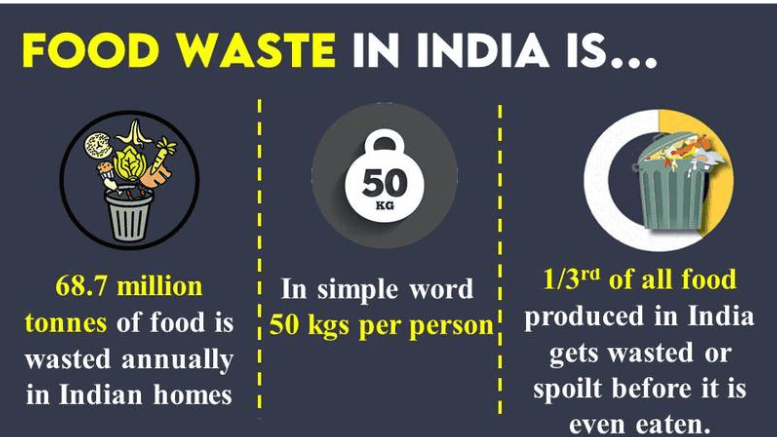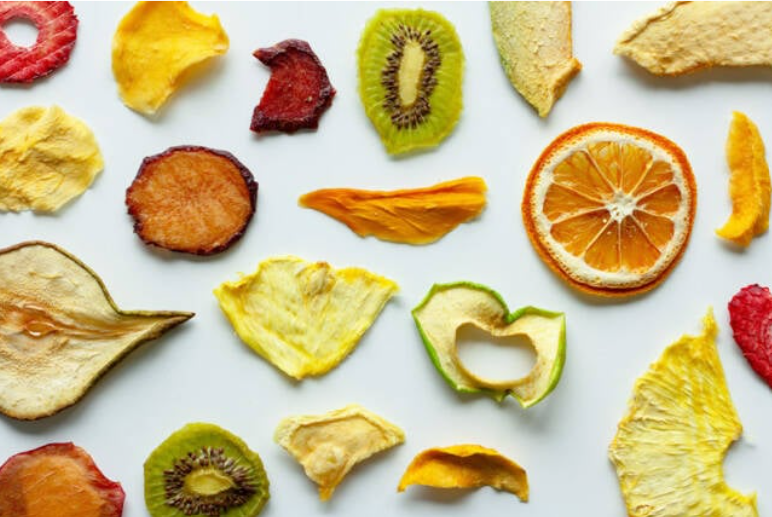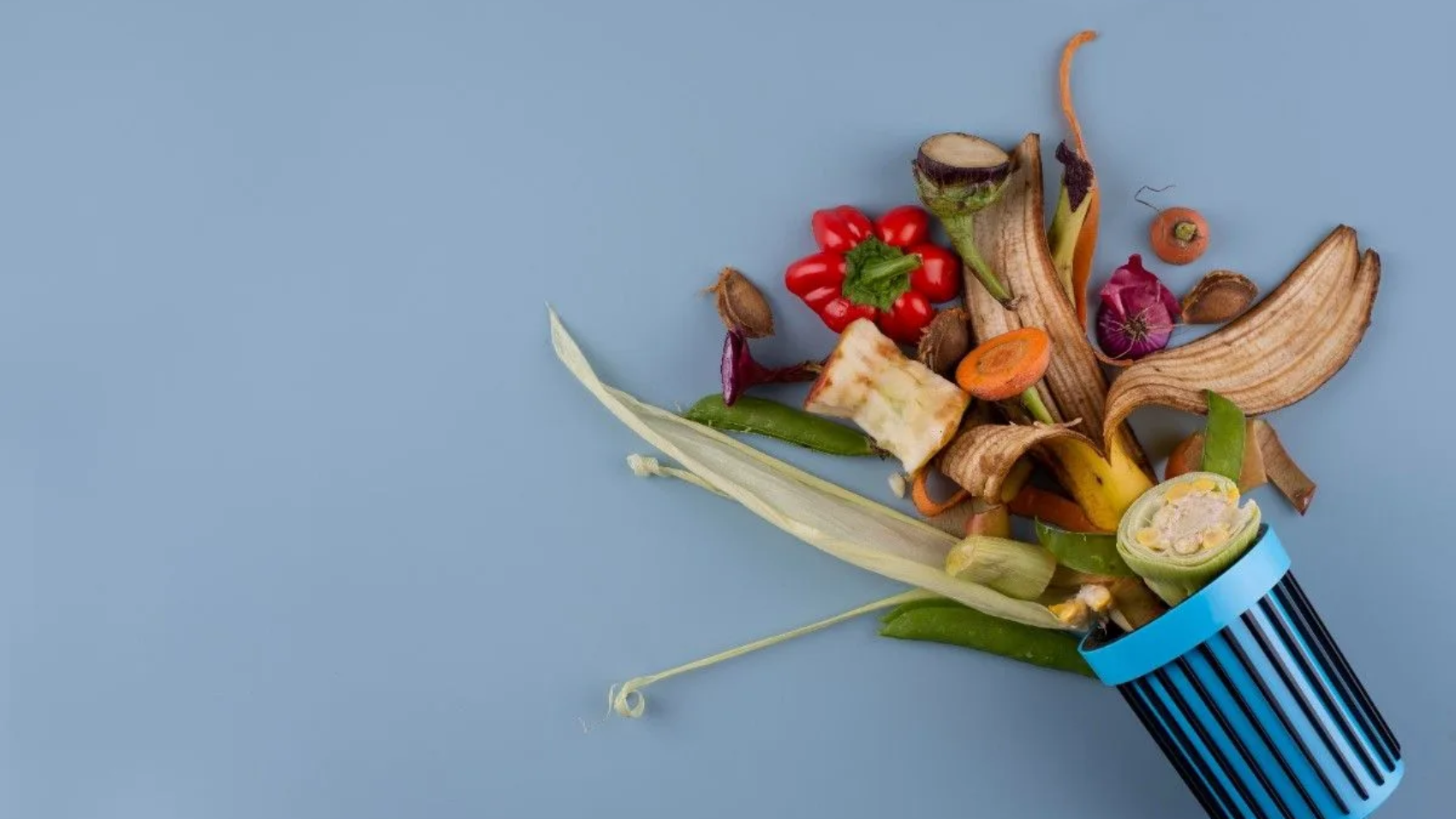Wasting food is like stealing from the table of those who are poor and hungry.
Every year, India produces an estimated 68 million tonnes of food waste, which is roughly 22% of the total food produced in the nation
At the same time, an alarming percentage of our population faces the grappling issue of malnutrition, hunger or lack of access to food. While the two sides of the same coin gnaw at us, and food continues to fall into landfills, a crucial question arises from the paradox : “Can food waste be reimagined as a resource?”
The answer lies in the quiet revolution reshaping our food industry– Upcycled Food.
What is Upcycled Food?
Upcycled food refers to food made by using ingredients which would otherwise be discarded such as peels, pulp, husk, seeds etc. Unlike leftover or expired food, upcycled food uses by- products from food processing which are at times even more nutritious and perfectly safe to consume. It is the process of transforming them into value added items through innovative processing and cutting down on food wastage.
Need of Upcycled Food
According to FAO, food loss and waste result in the wastage of 30 % of agricultural land, 20 % of freshwater, 38 % of total energy consumption, and contribute to 8 % of human-caused greenhouse gas emissions. Hence, food loss and waste represent significant wastage of water, resources, and land, profoundly impacting climate change. While millions of people go hungry parallely with massive food waste, upcycled food bridges the gap by transforming the by-products (often seen as food waste) into edible products. It supports sustainability, offers affordable nutrition and removes the burden of food waste. It’s not just an innovation but a necessity.
Upcycled Food in India
Long before the term “upcycled food” entered the global lexicon, Indian kitchens were practicing it instinctively. Whether it was turning banana stems into curry, using leftover rice for next-day dishes, or transforming vegetable peels into chutneys, zero-waste cooking was a cultural norm.
India, like many other traditional food cultures (Korea, Japan, Italy), has always respected the integrity of food — from root to rind.

Food Technology meets Innovation
By applying techniques like fermentation, drying, dehydration, food technologists are finding new ways to transform waste into edible products.
Some examples of the same are:
- Fruit peel powders being used in functional foods.
- Apple pomace used in extruded chips and bakery items.
- Upcycled flour from banana peels, coconut husk etc.
- Protein rich food made from Okara, a by product of soy milk residue.
Challenges and Conclusion
Despite its potential, perception remains a hurdle.
Although promising sustainability, upcycled food meets with obstacles in the global narrative, one of them being the perception of waste being unsafe to consume. However, studies show otherwise. For instance, apple peels contain more fiber and antioxidants than the flesh
Ensuring microbial safety, maintaining nutritional quality, and achieving consumer trust are crucial challenges. Yet, with rigorous standards and innovation, upcycled food is rising as a powerful model of circular economy and climate action.
Food upcycling isn’t just a trend, but a movement towards recognizing the real value of food and saving what we’ve lost through years. As India steps into an era of climate responsibility and sustainable, mindful eating, upcycled food offers a powerful way to nourish the planet and its people. One peel at a time!


Author Name
Maahi Lamba

